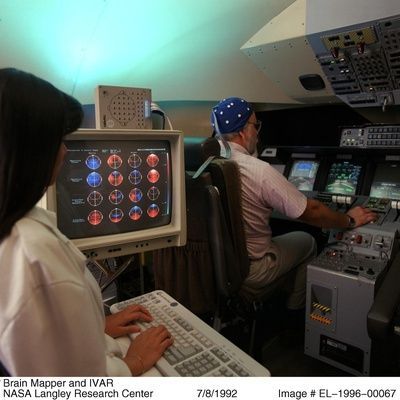Peace and love on this Memorial Day to those who served and gave their lives for freedom. My interview a while back with Express is still right on.track about the future of military and how most human soldier casualties will be a thing of the past.
THERE will be no longer be human casualties of war from wealthy countries within 10 years as advanced militaries will begin sending MACHINES to warzones, an expert has claimed.






